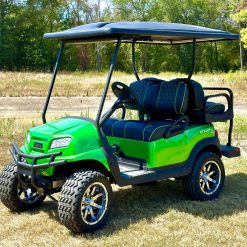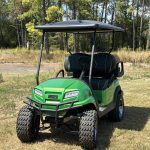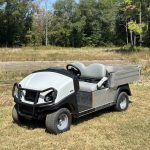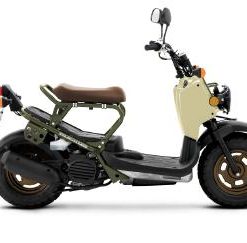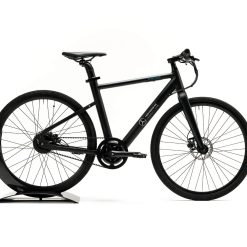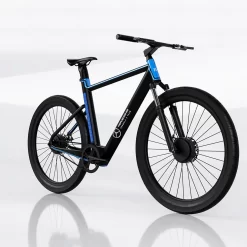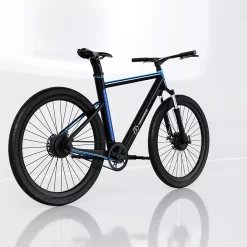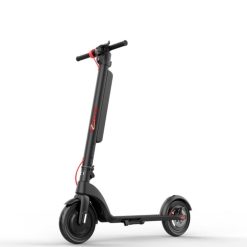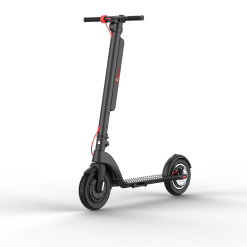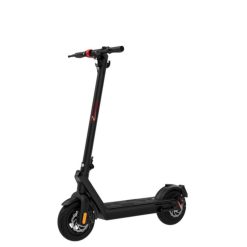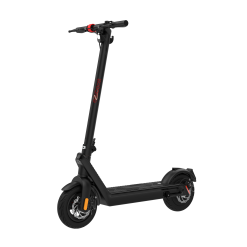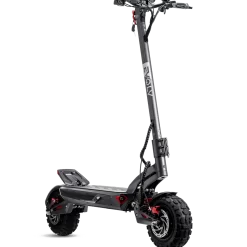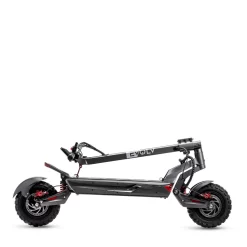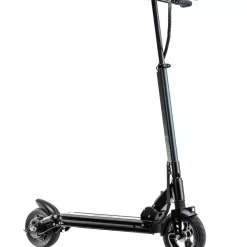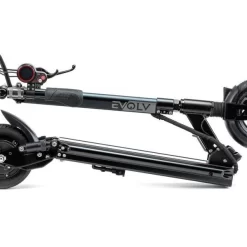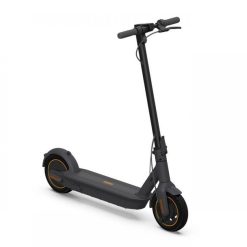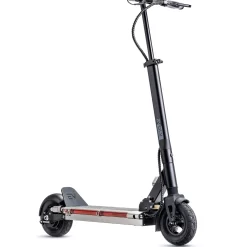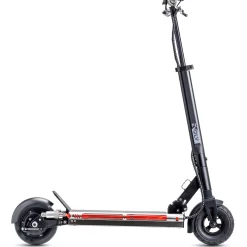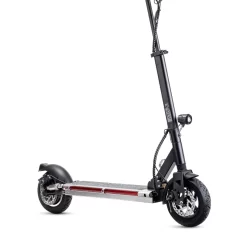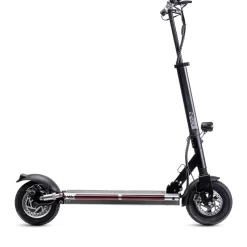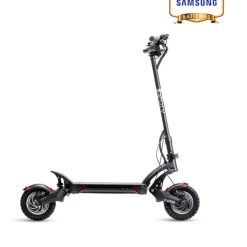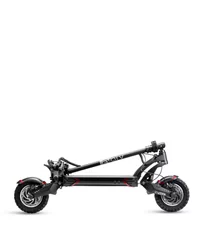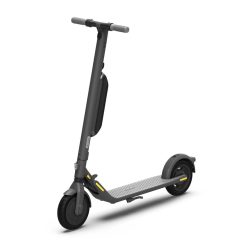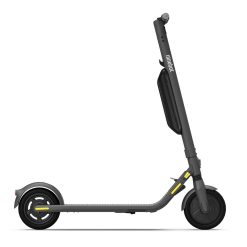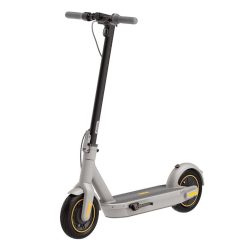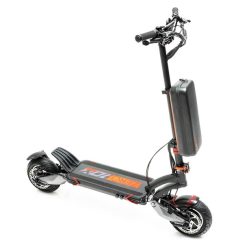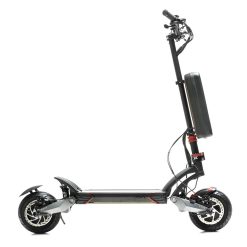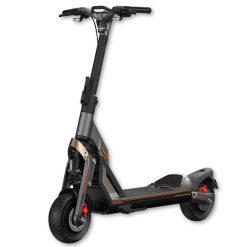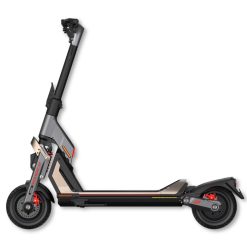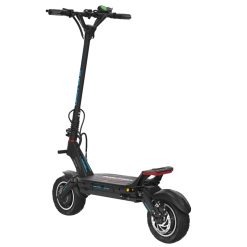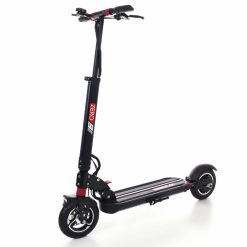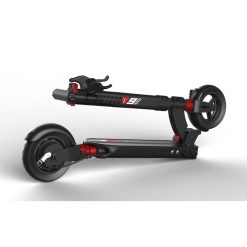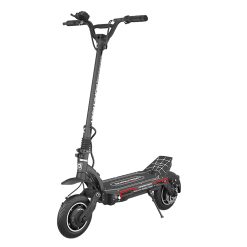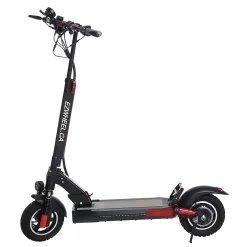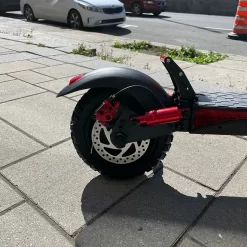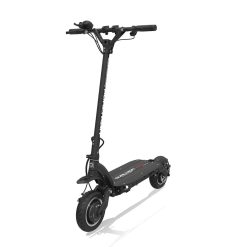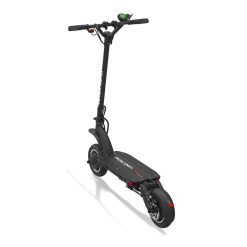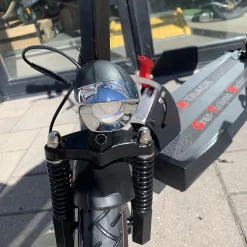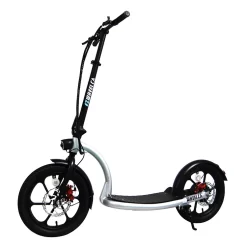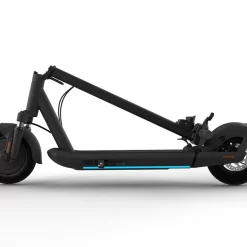No products in the cart.
E-BIKES
Designs keep improving, tech is becoming more reliable, and capabilities are expanding. Whether you purchase online or through a retailer, you can find everything from folding e-bikes, fat-tire e-bikes, electric-assist road bikes, and a sea of commuter and city electric bikes. Liberated from some of the standard bike constraints (like weight and gearing), e-bike design has exploded.
Designs keep improving, tech is becoming more reliable, and capabilities are expanding. Whether you purchase online or through a retailer, you can find everything from folding e-bikes, fat-tire e-bikes, electric-assist road bikes, and a sea of commuter and city electric bikes. Liberated from some of the standard bike constraints (like weight and gearing), e-bike design has exploded
Other E-Bike Features to Consider
Locking Battery: As electric bike options continue expanding, many brands now seamlessly integrate batteries to make the bike look sleeker (and more like a traditional non-assist bike). Most batteries lock to the bike and come with a key that lets you unlock and remove it, which serves multiple purposes: You can remove the battery and charge it off the bike, a locked battery deters (and hopefully prevents) a thief from stealing it, and an e-bike with the battery removed is safer for hauling on a bike rack and lighter for carrying up steps.
.
BEST OVERALL E-BIKE
deas for the whole family
Shop our Electric Bikes with interest free finance. We stock an excellent range of e-bikes suitable for all budgets, have it built and delivered.
Our team of experienced bike testers evaluated each model here on its overall quality, its safety features, handling, motor, battery life, and whether the components and features added to the overall quality of the ride. We tested most of these bikes on our local roads, commuting to and from work, using them to stock up on groceries and beer, and running their batteries down to officially see how long they last on one charge.
Our team of experienced bike testers evaluated each model here on its overall quality, its safety features, handling, motor, battery life, and whether the components and features added to the overall quality of the ride. We tested most of these bikes on our local roads, commuting to and from work, using them to stock up on groceries and beer, and running their batteries down to officially see how long they last on one charge.
YEARS, ELECTRIC bicycles were bulky, inconvenient, expensive machines with limited battery life. Slowly, that has changed. Ebikes are now lighter, more attractive, and more powerful than ever. You don’t need to be physically fit to ride one. They get you outside, reduce traffic congestion, and shrink your carbon footprint. And they’re fun!
top performing ebikes are relaxing and fun to ride. Our powerful motors propel you faster and further than traditional bikes. Choose between our Class III models that go up to 28 MPH on pedal assist, plus 20 MPH throttle, or Class II models that go 20 MPH on both pedal assist and throttle.
What is an electric bike and how do they work?
An electric bike, or ebike, is a bicycle equipped with an electric bike motor to assist you when you’re pedalling. The motor will get its power from a rechargeable battery mounted on the bike.
To classify as an ebike, the motor has to help you rather than propel you on its own. As a result, you need to pedal to get that assistance. How much power the motor delivers is regulated based on how hard you are pedalling and the level of support you have selected.
Electric bike systems offer a number of modes to choose from, allowing you to balance the amount of power supplied through the pedals with range and battery life.
Electric bike laws on how much help the motor can provide, and the speed at which assistance cuts out, vary around the world. But in general the motor is limited to 250 watts output and must cut out when your speed reaches 25kph/15.5mph, except in the USA where it can continue to work up to 20mph.
You can go faster than that, of course, but only under your own effort – the bike’s motor will no longer provide assistance.
An electric bike will typically have a motor housed either centrally on the bike (often referred to as a mid-drive motor, powered through the cranks) or on the front or rear hub.
Whereas a hub-based motor will push the wheel around directly, an axle-mounted motor will work through the ebike’s chain and gears.
When you pedal, a torque sensor will measure how much effort you are putting in and match that to the motor’s power output.
The idea is that the motor won’t completely take over; instead, you should get consistent power delivery that won’t send the bike lurching forward.




